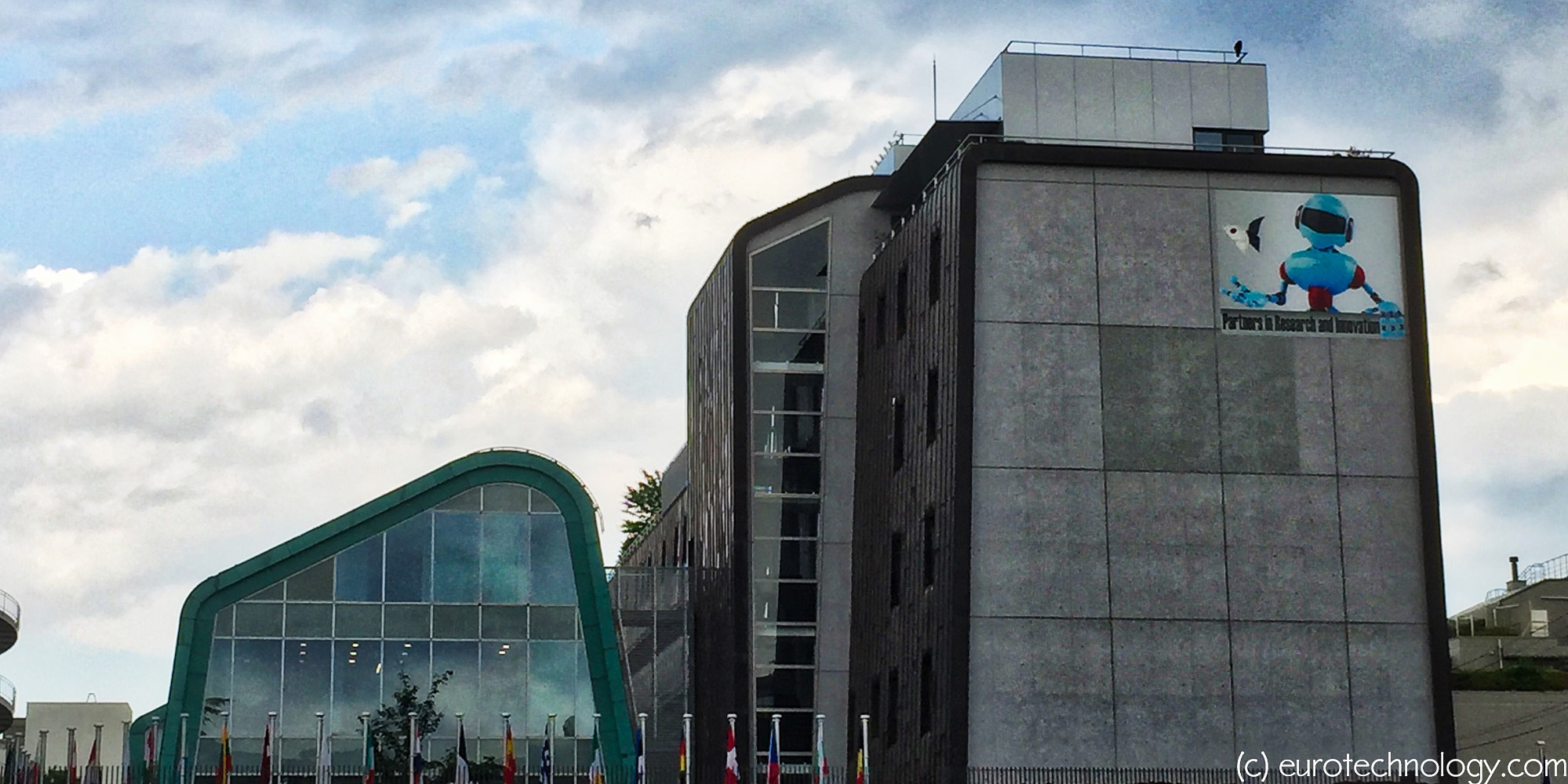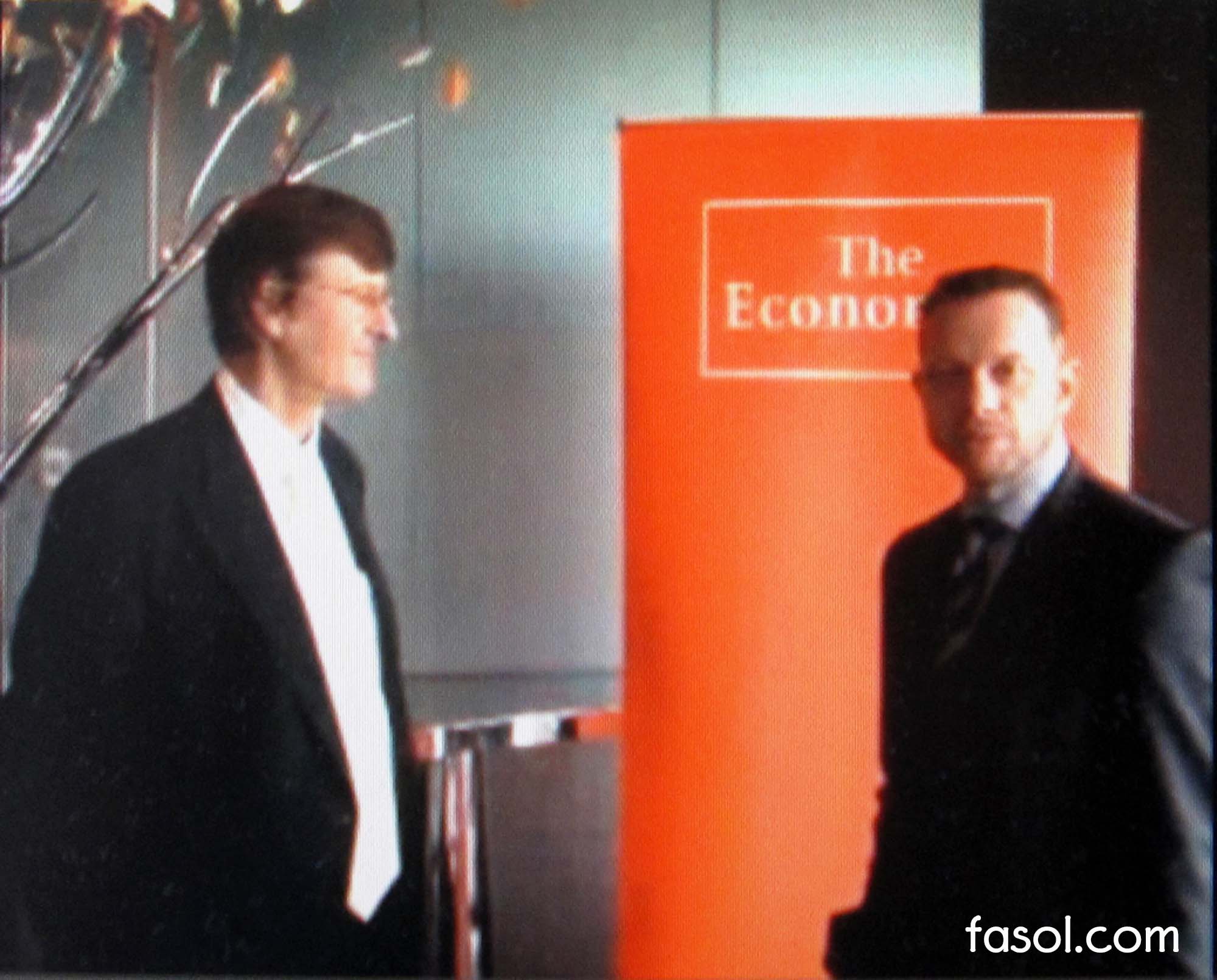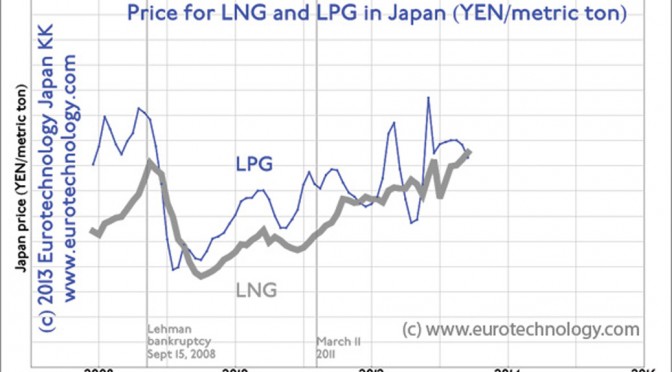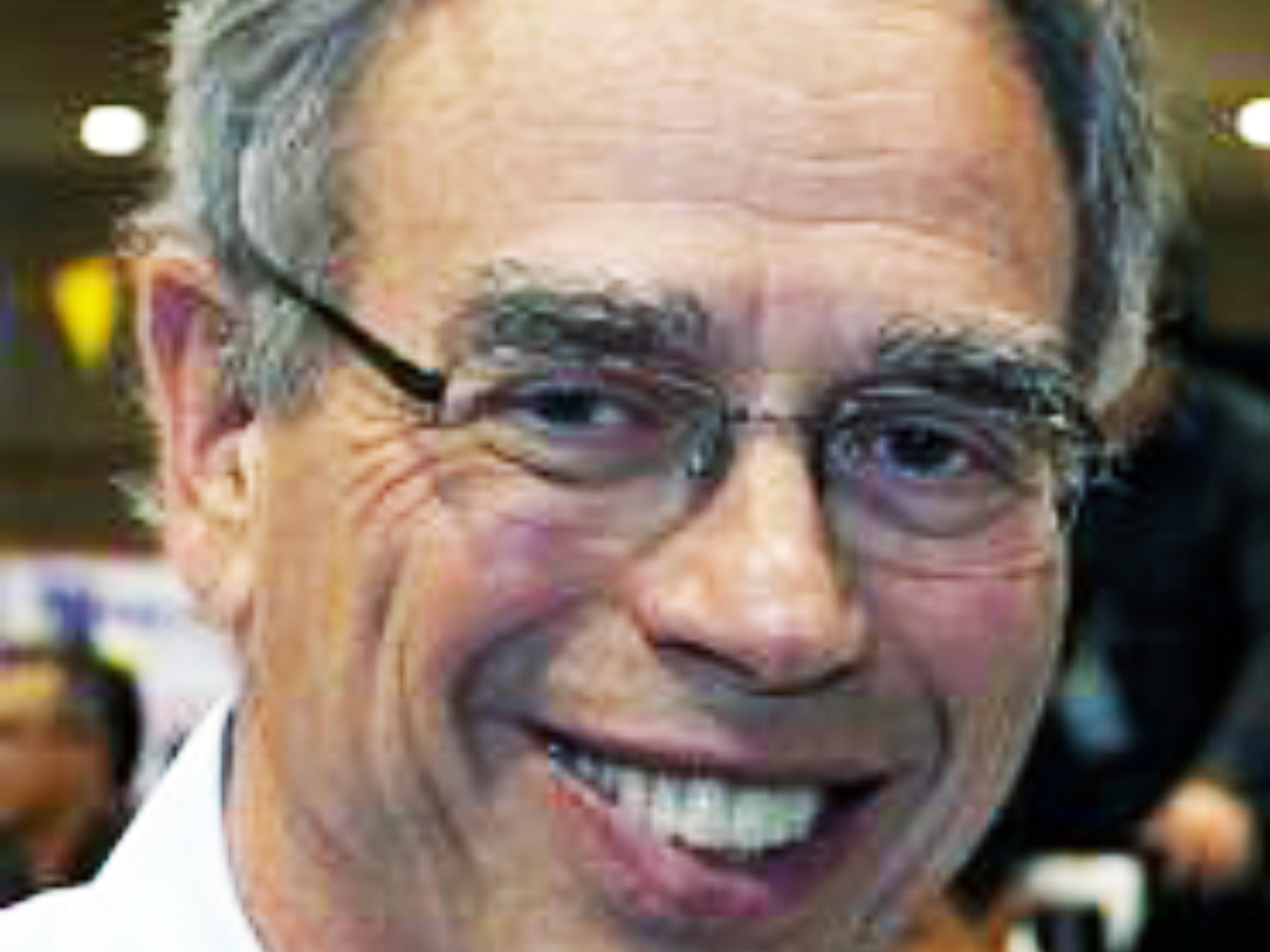Category: Energy
-

Energy costs and electricity in post-Fukushima Japan
Energy costs in Japan: A presentation to diplomats from the 28 EU countries (+ Norway and Switzerland) given at the EU Delegation in Tokyo on Thursday 18 May 2017 How can you reduce your energy bills? Energy costs in Japan, how to reduce energy costs, and the current energy situation in Japan post-Fukushima are inherently…
-

Keep fit and save electricity: climb the stairs the geeky way
Keep fit and save electricity Geeky way to persuade people climb the stairs – see in in Tokyo/Shibuya Its not easy to persuade people to climb the stairs instead of taking the elevator. Tokyu Hands store in Shibuya found a geeky way to persuade people to Keep fit and save electricity at the same time:…
-

Japan’s new energy policy – interview by The Economist
Japan’s new energy policy: interview for The Economist on YouTube Japan’s new energy policy – interview outline: Japan’s new energy policy Question: Is the new energy policy of Japan’s Government an appropriate response to the situation or a missed opportunity Answer summery:The Government in its new strategy summarizes Japan’s energy situation and proposes a cocktail…
-
Briefing the Trade Minister of Sweden, Dr. Ewa Björling, on Japan’s energy sector (22 Nov 2013)
Lunch today (22 Nov 2013) with the Trade Minister of Sweden, Dr. Ewa Björling, chaired by the Ambassador of Sweden. Was asked to brief Minister Björling and a delegation of Swedish CEOs about Japan’s energy sector. Gave Minister Björling a 20 minutes presentation followed by discussion. Dr. Ewa Björling is extremely impressive, she is dentist,…
-

Pricing of gas imports – Why does Japan pay so much more than any other major country for gas imports?
Was invited today to take part in a discussion meeting at one of the European Embassies about pricing of Gas (LNG) imports. All the major Japanese buyers of LNG from the major electricity and gas companies came together with European partners to discuss issues of import Gas (LNG) pricing. For detailed statistics of Japan’s gas…
-
Electricity deregulation in Japan
Was invited today to take part in discussions about electricity deregulation in Japan at one of the European Embassies. Participants in the discussions were representatives from major Japanese electricity companies, the director for electricity deregulation of Japan’s Ministry for Economy, Trade and Industry (METI), and European experts on electricity deregulation. For an overview of Electricity…
-

Japan’s Energy – Myths vs Reality, Mantra vs Smart
Stockholm School of Economics at the Embassy of Sweden European Institute of Japanese Studies EIJS European Institute of Japanese Studies Academy Seminars presents: “Japan’s Energy – Myths vs Reality, Mantra vs Smart” Speaker: Dr. Gerhard Fasol, President, Eurotechnology Japan K.K. Time: Wednesday, June 19th, 2013 Location: Alfred Nobel Auditorium, Embassy of Sweden About the talk:…
-
5th Ludwig Boltzmann Symposium Tokyo 2013
“ENERGY” Wednesday, 20th February 2013, Embassy of Austria, Tokyo 14:00 Welcome by Dr. Bernhard Zimburg, Ambassador of Austria to Japan 14:10 Gerhard Fasol, “today’s agenda” 14:20 – 14:40 Robert Geller Professor of Geophysics University of Tokyo, seismologist. First ever tenured non-Japanese faculty member at the University of Tokyo “A seismologist looks at nuclear power plant…
-
How can a European company succeed in Japan’s energy landscape? (EU-Japan Gateway keynote)
I was invited to give a keynote talk to about 50 European participants in the EU-Japan Gateway program, which assists small and medium sized European companies to enter the Japanese market. My topic was “How can a European company succeed in Japan’s energy landscape?” I explained Japan’s energy situation today, based on our reports: Renewable…
-

Briefing the Minister for Energy and Natural Resources of Canada, Mr Joe Oliver
Was asked today (September 18, 2012) to be one of a group of about 5 Japanese experts – who I was asked to help select – to brief the Minister for Energy and Natural Resources of Canada, Mr Joe Oliver. We were asked to keep the conversation off-the-record, so I can’t write about the meeting.…
